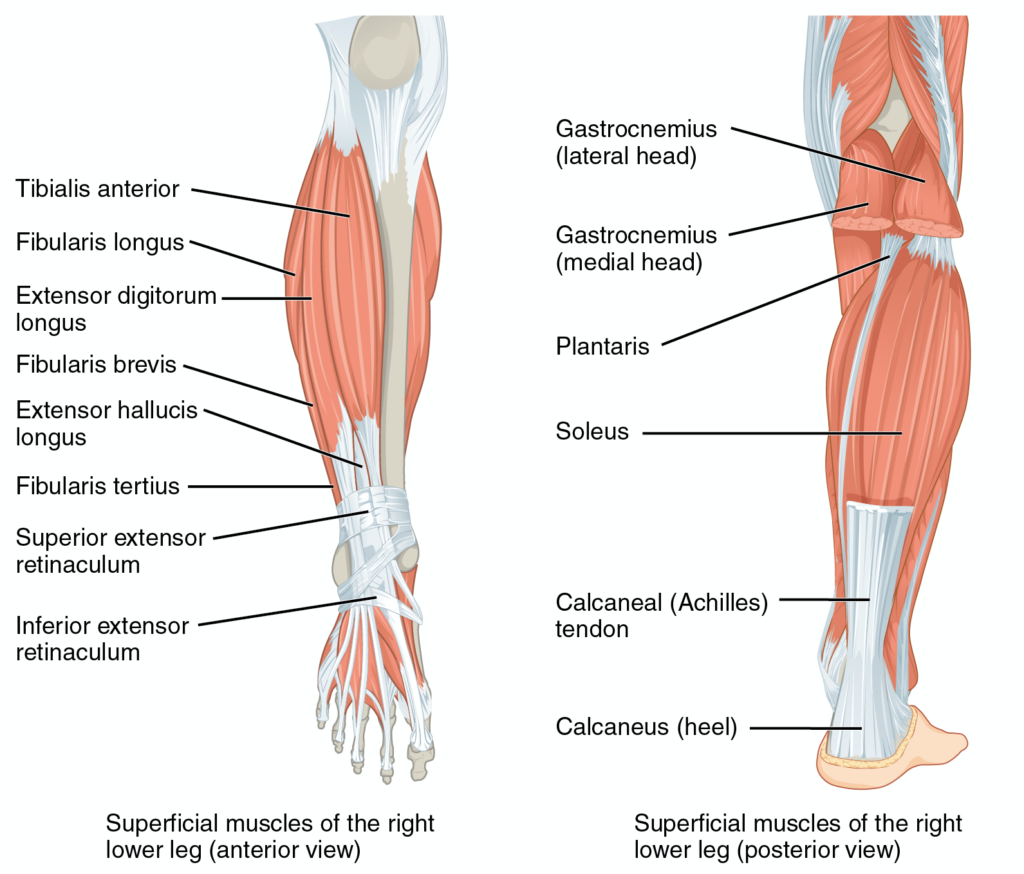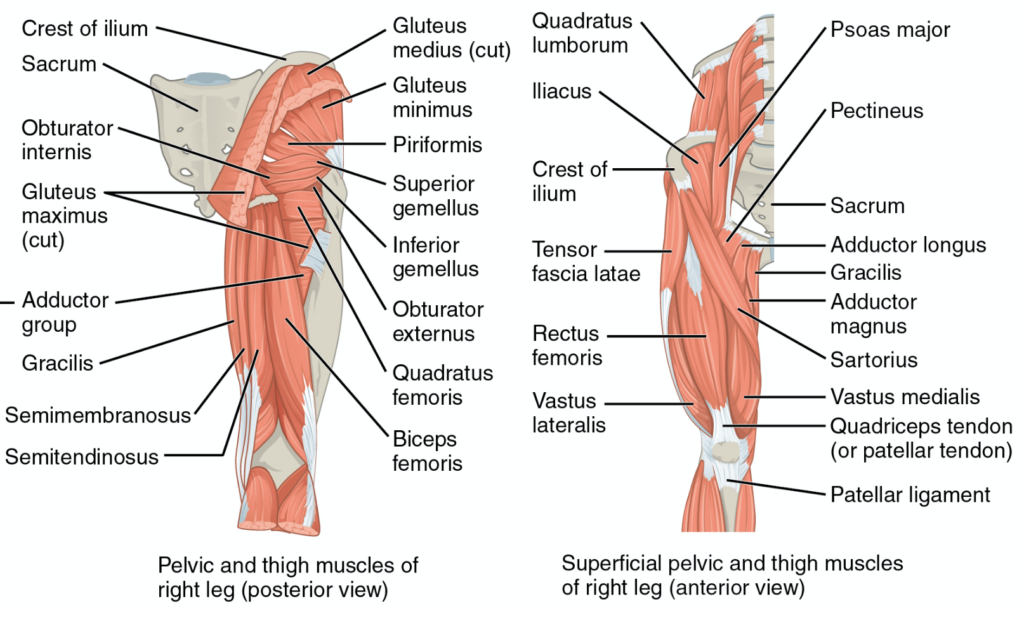Students often ask me in seated forward folds like pascimottanasana, “Should I flex my feet or not?”
The short answer is that there’s not one right answer. But flexing or pointing your feet will make a difference, because everything in your body is tied together. There’s no one part that moves in isolation from the rest.
Lengthening the back side of the body
The Sanskrit name for a seated forward fold, pascimottanasana, translates to intense stretch of the back side of the body (also sometimes translated as the west side of the body, which means the back side of the body).
All of the tissues along the full length of the back side of the body, from the feet, along the back of the legs and the spine, all the way up to the head, are lengthened in this pose.
If you practice the pose as an elongation of the entire back side of the body, the action is distributed throughout the entire body, rather than being localized into one particular place.
Anatomy of the back of the lower limb
The back side of the body, in this case, starts with the soles of the feet. There’s a layer of thick tough connective tissue in the soles of the feet called the plantar fascia that runs from the toes to the heel. From the heel, we can connect through the Achilles tendon to the calf muscles.
One of the calf muscles, the gastrocnemius, crosses the knee joint. It attaches to the thigh bone above the knee. If the knee is bent, the continuity is broken, but if the knee is straight, the line of pull continues up the backs of the thighs through the hamstrings to the sitting bones, which are the bottom of the pelvis.
The sacrum is the back of the pelvis, but it’s also part of the spine. Anything that affects the positioning of the pelvis will also affect the position of the spine.
Anatomy of the front of the lower limb
Those muscles on the back side of the lower limb are opposed by the muscles on the front. That includes the muscles of the shin, particularly the tibialis anterior, which runs from the front of the shin, crosses the ankle joint and attaches to the foot around the middle of the inner arch. It’s responsible for flexing your foot. There are also a couple of other muscles in the front of your shin that are responsible for lifting your toes up.
When you flex your foot, all of those muscles are contracted. Pointing your foot pulls on them and lengthens them.
From the upper shin, where the tibialis anterior originates, we can follow along the tendon of the quadriceps muscles, which inserts onto the tibial tuberosity at the front of the shin. One of the quadriceps muscles, called the rectus femoris, attaches to the pelvis just above the hip joint.
So, if you point your feet in a forward bend, you create a pull along that entire front line. That can help to pull the front of your pelvis forward, tipping it over the thighs.
All of these tissues have some extensibility, meaning they can lengthen, temporarily at least, if you go slowly and give them enough time. But they’re also elastic, which means that when they’re stretched, they resist. That creates passive tension, i.e., a pulling force, within the muscle.
If you fold forward in pascimottanasana with flexed feet, the pull along the back of your legs will be transmitted to your sitting bones and will tend to pull your sitting bones toward the heels, rolling the pelvis backward.


So should you flex your feet or not?
If you’re a person who has some restrictions in those tissues of the backs of the legs, as that tension rolls the pelvis backward, your lower back will also fall backward. When that happens, gravity tries to pull your trunk even further backward, making it difficult to even be able to sit upright. In other words, you’re fighting against gravity.
One thing you can do to help is to take a blanket and slide the blanket underneath your pelvis. That may make it a bit easier to tilt pelvis forward because you won’t have to flex in the hips quite as much.
But you could also point your feet. Not only will that relieve some of the stretch on the back of the legs, it will also create a pull up the front of the thighs, which might make it a bit easier to tilt your pelvis forward.
On the other hand, if you’re a person who doesn’t have much restriction in the tissues in the backs of the legs, you might find that by pointing your feet, you’re just lengthening areas that are already quite open. You might find that by flexing your feet, you can create more of a sensation of an even lengthening along the entire backside of the body.
My suggestion is to play around with your foot position in the pose. If you point and flex your feet, you’ll be able to feel how that affects your pelvis.
Then, rather than worrying about which is right or wrong, you can make a decision based on the idea of creating an even opening along the full length of the back of body. Which position helps you do that?